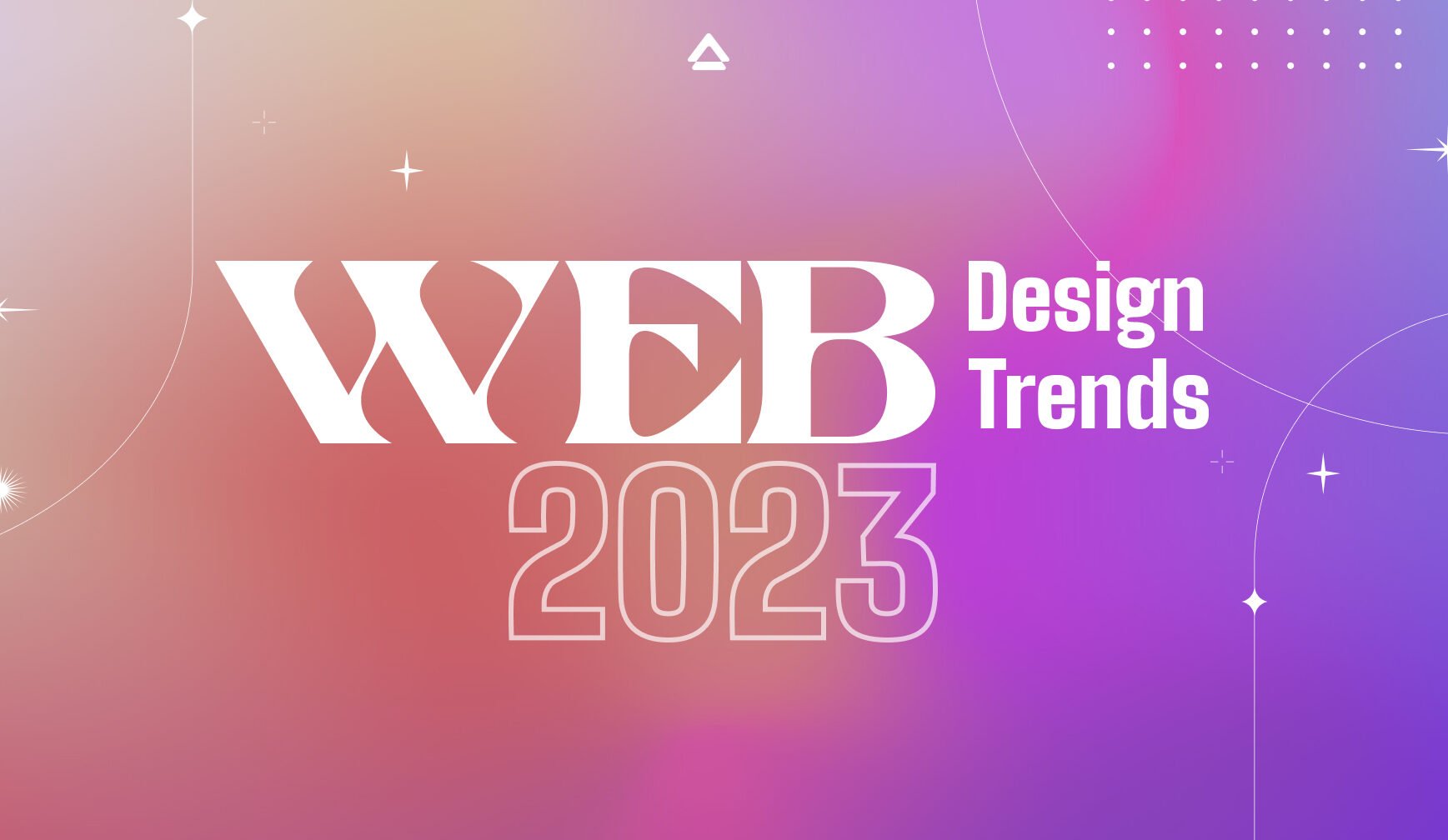
The Future of Web Design: Trends and Techniques to Watch
In the ever-evolving digital landscape, web design continues to push boundaries and redefine user experiences. As businesses strive to create captivating online platforms, staying ahead of the latest trends and techniques is crucial. In this blog post, we will delve into the future of web design, exploring emerging trends and innovative techniques that are set to shape the industry. Join us as we uncover the possibilities and discuss how these advancements can elevate your website to new heights.
- Responsive Web Design:
Responsive web design has become a standard practice, ensuring websites adapt seamlessly to different devices and screen sizes. With the increasing prevalence of mobile usage, responsive design is more important than ever. In the future, we can expect an even greater emphasis on responsiveness, with a focus on fluid layouts, flexible grids, and optimized user experiences across a wide range of devices. A mobile-first approach will dominate, as designers prioritize mobile users’ needs and preferences.
- Dark Mode and Light-Color Schemes:
The rise of dark mode has gained immense popularity in recent years. This aesthetic preference not only reduces eye strain but also conserves device battery life. Web designers will continue to embrace dark mode and experiment with contrasting light-color schemes to provide users with more choices and enhance visual appeal. The future of web design will see an exploration of bold color palettes, gradients, and vibrant combinations to create immersive and engaging digital experiences.
- Minimalistic and Clean Designs:
In an age of information overload, minimalistic and clean web designs have gained prominence. Websites with clutter-free layouts, ample whitespace, and intuitive navigation offer enhanced user experiences. The future will witness further refinement of minimalistic design principles, with an emphasis on simplicity, clear typography, and uncluttered visuals. Designers will prioritize user-focused interfaces that provide seamless access to information and guide visitors through the website effortlessly.
- Microinteractions and Animation:
Microinteractions are subtle yet impactful design elements that provide feedback and engage users. These small animations, such as button hover effects, loading spinners, and notification indicators, add depth and interactivity to websites. In the future, we can expect microinteractions to play an even more significant role, enhancing usability and delighting users with engaging and intuitive experiences. Thoughtful and purposeful animation will continue to captivate and retain visitors’ attention.
- Voice User Interface (VUI) and Chatbots:
With the rise of voice assistants and smart speakers, voice user interfaces (VUI) are transforming how users interact with technology. Integrating VUI into websites allows users to navigate, search, and interact using voice commands. Additionally, chatbots powered by artificial intelligence (AI) provide instant support and personalized experiences. The future of web design will witness the integration of VUI and AI-driven chatbots, enhancing user engagement and streamlining interactions.
- Immersive Experiences: Virtual Reality (VR) and Augmented Reality (AR):
Virtual Reality (VR) and Augmented Reality (AR) are revolutionizing the way users engage with digital content. These technologies create immersive experiences that blur the line between the physical and digital worlds. In the future, web designers will leverage VR and AR to create interactive product showcases, virtual tours, and gamified experiences. These technologies will transform how businesses present their products or services, offering unique and memorable user interactions.
Conclusion:
The future of web design is an exciting landscape of innovation and possibilities. As technology evolves, designers will continue to explore responsive design, dark mode, minimalistic aesthetics, microinteractions, VUI, and immersive experiences through VR and AR. By embracing these trends and techniques, businesses can elevate their online presence, engage users on a deeper level, and stay ahead of the competition. Embrace the future of web

Leave a Reply